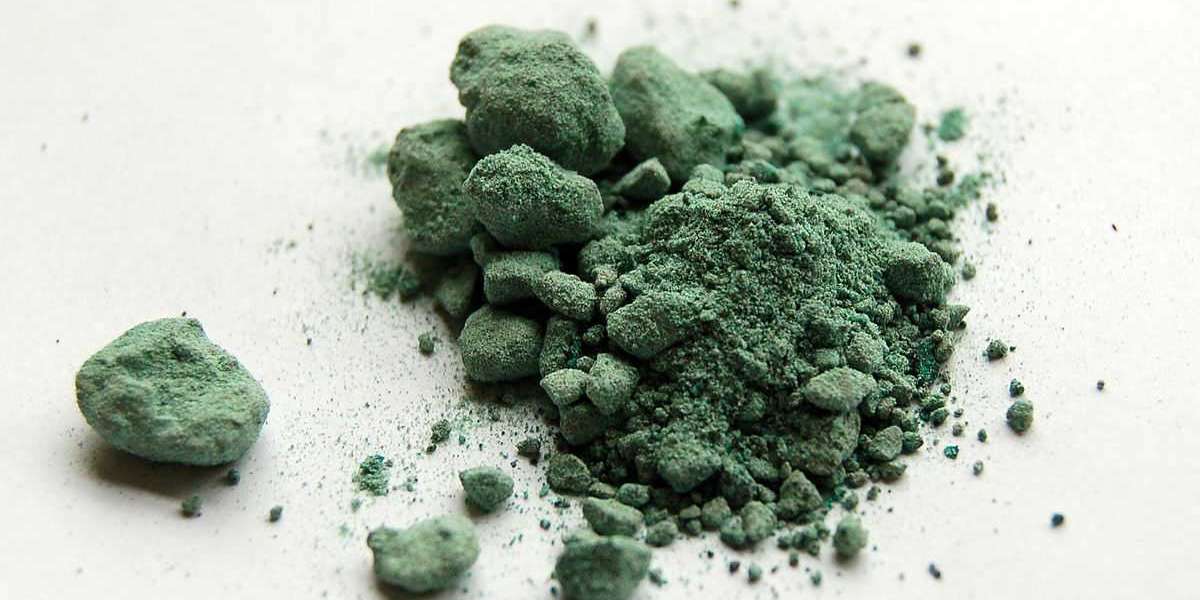Including 20 patients with melasma. One case was excluded due to pregnancy, and 3 cases could not be followed up (figure). The mean (SD) age of the patients (17 women and 3 men) was 38.4 (6.2) years (range 30-53 years) and the mean (SD card) with melasma was 5.6 (3.4) years (range 0.5-10.9 years). Three patients had type II skin; 10, type III; And 7 cases of type IV. To treat melasma, 16 patients had previously used cosmetic bleach; 14, Kligman formula combination cream; And 4, laser. Seven patients had melasma on the forehead; Cheek 12; 1 upper lip. Before treatment, the mean (SD) MASI score of half face patients randomized to laser therapy was 7.91 (5.17); Those who were randomly assigned to continue treatment with the Kligman formula combination cream had a mean (SD) score of 7.52 (4.14).
At the end of treatment, topical cream resulted in a greater reduction in MASI scores compared to laser treatment (P =.006). MASI scores in both groups at 6 months were comparable to those at the start of the study; No significant differences were observed between the two groups (table). When the results were analyzed according to the location and duration of melasma, no difference was found (P .99 and P =.87). Using VISIA-CR-RBX-Red subsurface analysis and laser confocal microscopy, increased vascularization in melasma lesions was observed at baseline compared to the skin surrounding the lesions. However, there was no reduction in vasogenesis on the laser treated side between baseline and post-treatment visits. At the last visit, there was no change in blood vessel formation on both sides. No scarring or post-inflammatory pigmentation was found.
Our results show that Krigman's formula combination cream is more effective than CuBr laser treatment for melasma. At 6 months of follow-up, no differences were observed between the two approaches, and in both cases, MASI scores were similar to those observed before treatment. Although all patients used sunscreen, neither procedure prevented recurrence. There was no change in angiogenesis between the topical cream treatment group and the laser treatment group observed by RBX-Red subsurface analysis and laser confocal microscopy, suggesting that the copper bromide laser is not effective at targeting the vascular component of melasma. These results show that Krigman's formula combination cream remains the most effective treatment for melasma and suggest that prospective randomized studies with long-term follow-up are urgently needed to confirm the effectiveness of any new approach to treating melasma compared to Krigman's prescription combination cream.







